Me at rn:

Credit:
-@GalacticaAsia for the plane
-@FeiGe3 for the roof of the plane (taken from the B747
-400F)
-@Inuyasha8215 for the logo and label of Singapore Airlines
-@UziDoorman for engine
About Boeing 747
The Boeing 747 is a long-range wide-body airliner designed and manufactured by Boeing Commercial Airplanes in the United States between 1968 and 2023. After the introduction of the 707 in October 1958, Pan Am wanted a jet 2+1/2 times its size, to reduce its seat cost by 30%. In 1965, Joe Sutter left the 737 development program to design the 747. In April 1966, Pan Am ordered 25 Boeing 747-100 aircraft, and in late 1966, Pratt & Whitney agreed to develop the JT9D engine, a high-bypass turbofan. On September 30, 1968, the first 747 was rolled out of the custom-built Everett Plant, the world's largest building by volume. The 747's first flight took place on February 9, 1969, and the 747 was certified in December of that year. It entered service with Pan Am on January 22, 1970. The 747 was the first airplane called a "Jumbo Jet" as the first wide-body airliner.
Boeing 747-200 variant
While the 747-100 powered by Pratt & Whitney JT9D-3A engines offered enough payload and range for medium-haul operations, it was marginal for long-haul route sectors. The demand for longer range aircraft with increased payload quickly led to the improved -200, which featured more powerful engines, increased MTOW, and greater range than the -100. A few early -200s retained the three-window configuration of the -100 on the upper deck, but most were built with a ten-window configuration on each side. The 747-200 was produced in passenger (-200B), freighter (-200F), convertible (-200C), and combi (-200M) versions.

Boeing 747-200B

Boeing 747-200F
Boeing 747-200C

Boeing 747-200M
After launching the -200 with Pratt & Whitney JT9D-7 engines, on August 1, 1972, Boeing announced that it had reached an agreement with General Electric to certify the 747 with CF6-50 series engines to increase the aircraft's market potential. Rolls-Royce followed 747 engine production with a launch order from British Airways for four aircraft. The option of RB211-524B engines was announced on June 17, 1975. The -200 was the first 747 to provide a choice of powerplant from the three major engine manufacturers. In 1976, its unit cost was US$39M (208.8M today).

P&W JT9D-7 engines are used for the 747-200
GE CF6-50 engines are used for the 747-200
RB211-524B engines are used for the 747-200
A total of 393 of the 747-200 versions had been built when production ended in 1991. Of these, 225 were -200B, 73 were -200F, 13 were -200C, 78 were -200M, and 4 were military. Iran Air retired the last passenger 747-200 in May 2016, 36 years after it was delivered. As of July 2019, five 747-200s remain in service as freighters.
About Singapore Airlines

Singapore Airlines (abbreviation: SIA or SQ) is the flag carrier of Singapore with its hub located at Changi Airport. The airline is notable for highlighting the Singapore Girl as its central figure in the corporate branding segment and not significantly changing its livery throughout its history. Considered to be one of the world's best carriers, the airline is ranked as a 5-star airline as well as ranked as the world's best airline by Skytrax five times. The airline operates a variety of Airbus and Boeing aircraft, namely the Airbus A350-900, Airbus A380, Boeing 737 MAX 8, Boeing 737-800, Boeing 747-400 Freighter, Boeing 777-300ER and Boeing 787-10. The airline has been a member of Star Alliance since April 2000.

Singapore Airlines A380
Singapore Airlines Group has more than 20 subsidiaries, including numerous airline-related subsidiaries. SIA Engineering Company handles maintenance, repair and overhaul (MRO) business across nine countries with a portfolio of 27 joint ventures including with Boeing and Rolls-Royce. Singapore Airlines Cargo operates SIA's freighter fleet and manages the cargo-hold capacity in SIA's passenger aircraft. Scoot, a wholly owned subsidiary, operates as a low-cost carrier.
Singapore Airlines was the first to put the Airbus A380—the world's largest passenger aircraft—as well as the Boeing 787-10 into service, and is the only operator of the ultra-long-range (ULR) version of the Airbus A350-900. It ranks amongst the top 15 carriers worldwide in terms of revenue passenger kilometres and is ranked tenth in the world for international passengers carried. Singapore Airlines was voted as the Skytrax World's Best Airline Cabin Crew 2019. The airline has also won the second and fourth positions as the World's Best Airlines and World's Cleanest Airlines respectively in 2019. In 2023, the airline for the fifth time took the prize of "Best Airline" as well as the "Best First Class Airline" by Skytrax.
On 1 February 2025, Fortune magazine published the annual World’s Most Admired Companies with Singapore Airlines ranked 28th. In the airline category, Singapore Airlines was the world's second most admired airline, behind Delta Air Lines, and ahead of KLM-Lufthansa.
History of 9V-SQQ
The aircraft was first delivered to Singapore Airlines in Sep 1980 with registration number 9V-SQQ. Equipped with 4 Pratt & Whitney JT9D-7 engines

This aircraft was then operated by the following airlines:
Garuda Indonesia leased from Singapore Airlines with registration number 9V-SQQ.
Northwest Airlines with registration number N642NW.

Currently, this aircraft is preserved at NRT 2008, at the Museum of Aeronautical Sciences in the original Boeing prototype colours, nose section only
Specifications
Spotlights
- 929 23 days ago
- Convex one month ago
- DeeganishCountryball one month ago
General Characteristics
- Predecessor B747-400[GE]
- Created On Android
- Wingspan 206.8ft (63.0m)
- Length 232.0ft (70.7m)
- Height 65.3ft (19.9m)
- Empty Weight N/A
- Loaded Weight 137,240lbs (62,251kg)
Performance
- Power/Weight Ratio 0.575
- Horse Power/Weight Ratio 0.043
- Wing Loading 19.1lbs/ft2 (93.1kg/m2)
- Wing Area 7,197.3ft2 (668.7m2)
- Drag Points 29372
Parts
- Number of Parts 747
- Control Surfaces 9
- Performance Cost 3,874

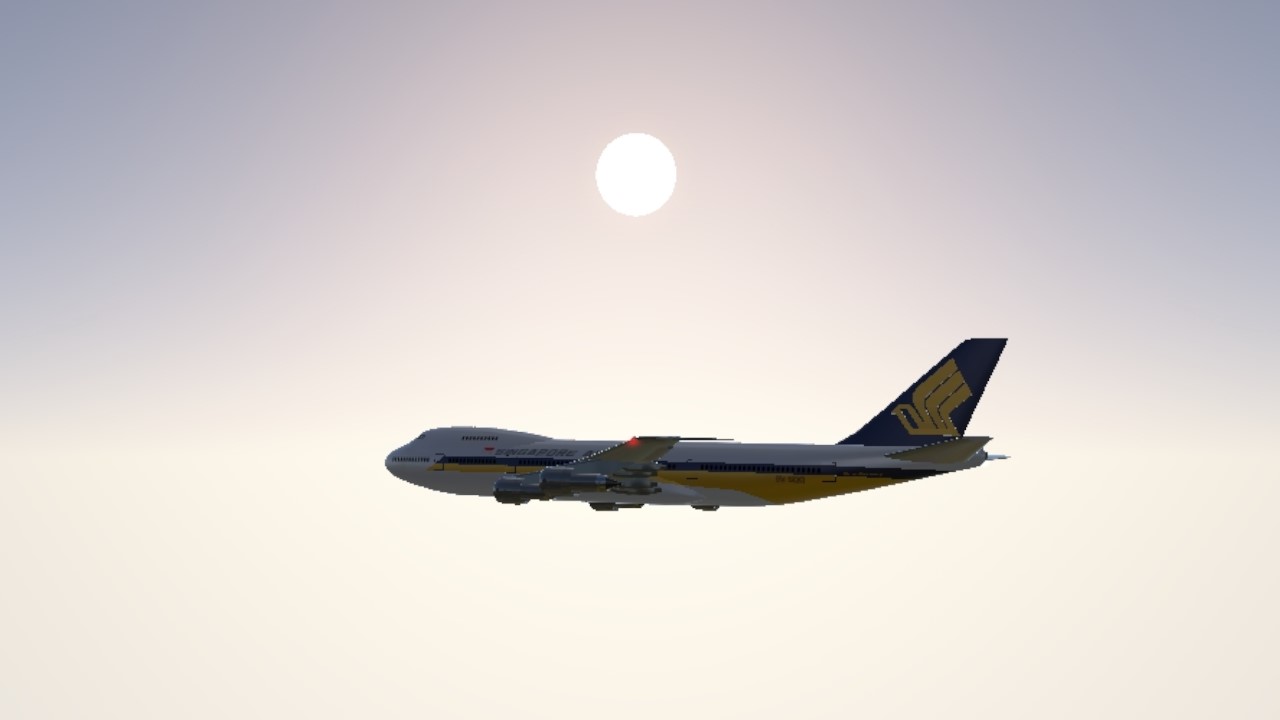
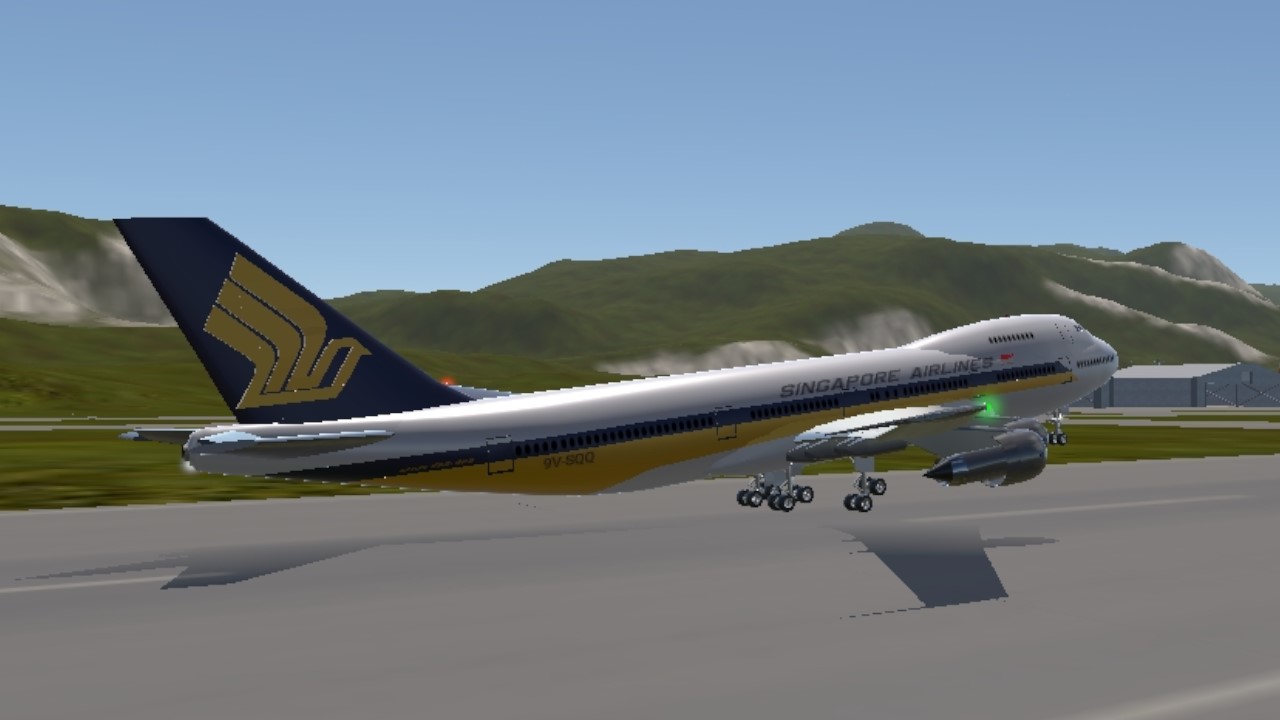
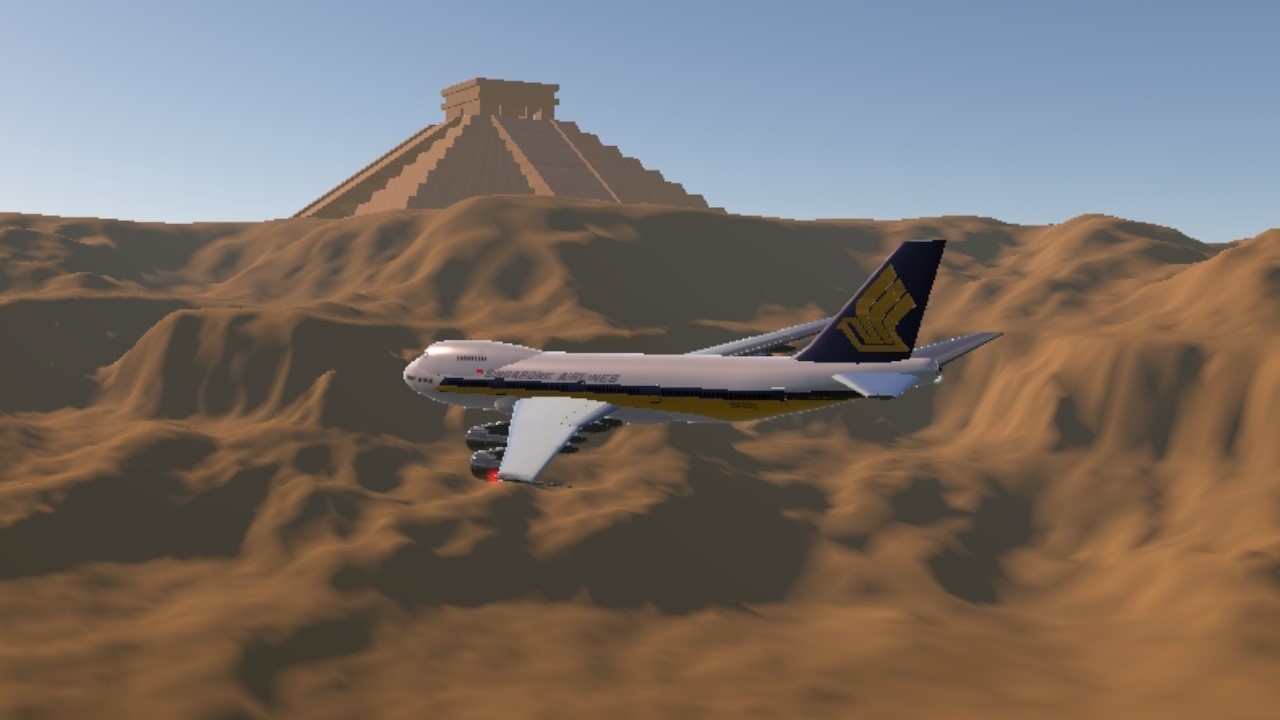
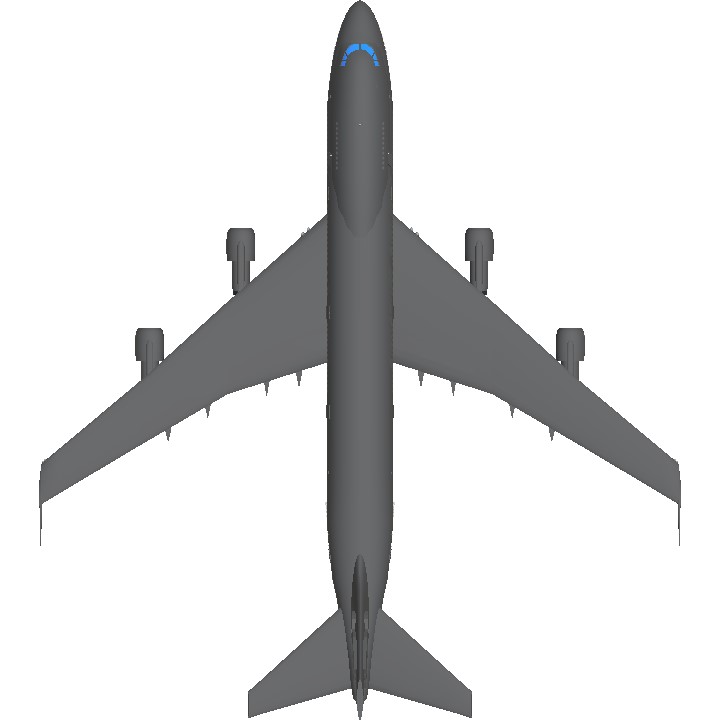
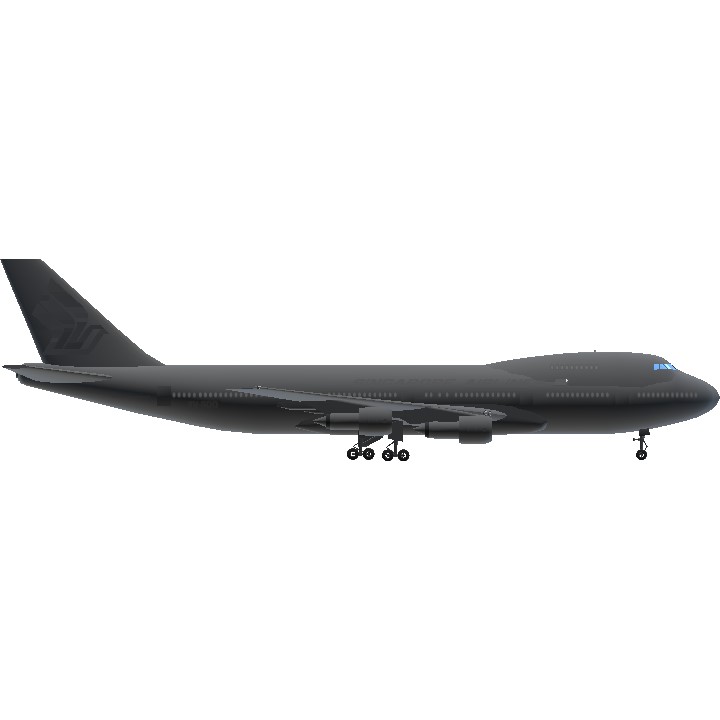
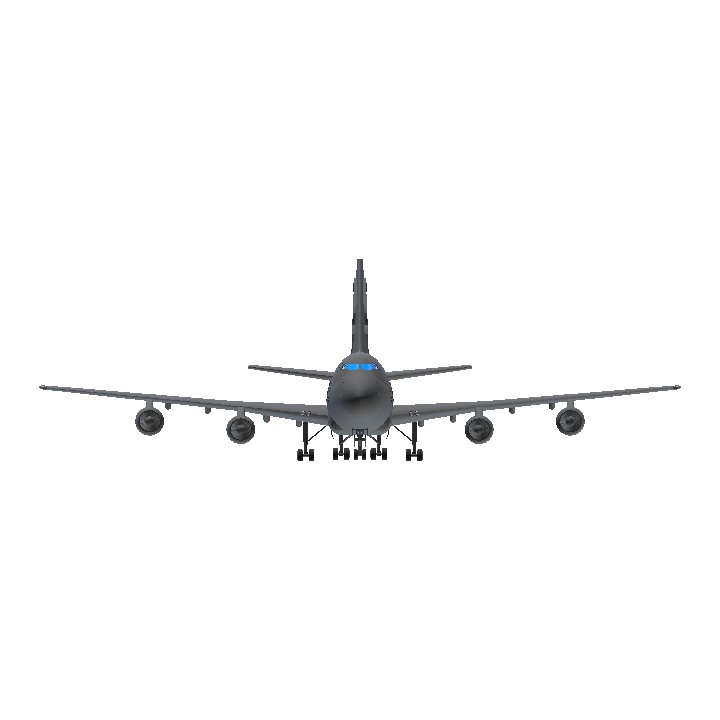
@aviationVietNam
@Convex
@CaptainBrayden
@RedTrinity
@DeeganishCountryball
747 part
@RedTrinity Thank You :D
Noiceee.
@DeeganishCountryball lol
@SimlpeVietnam I forgot I said T lol